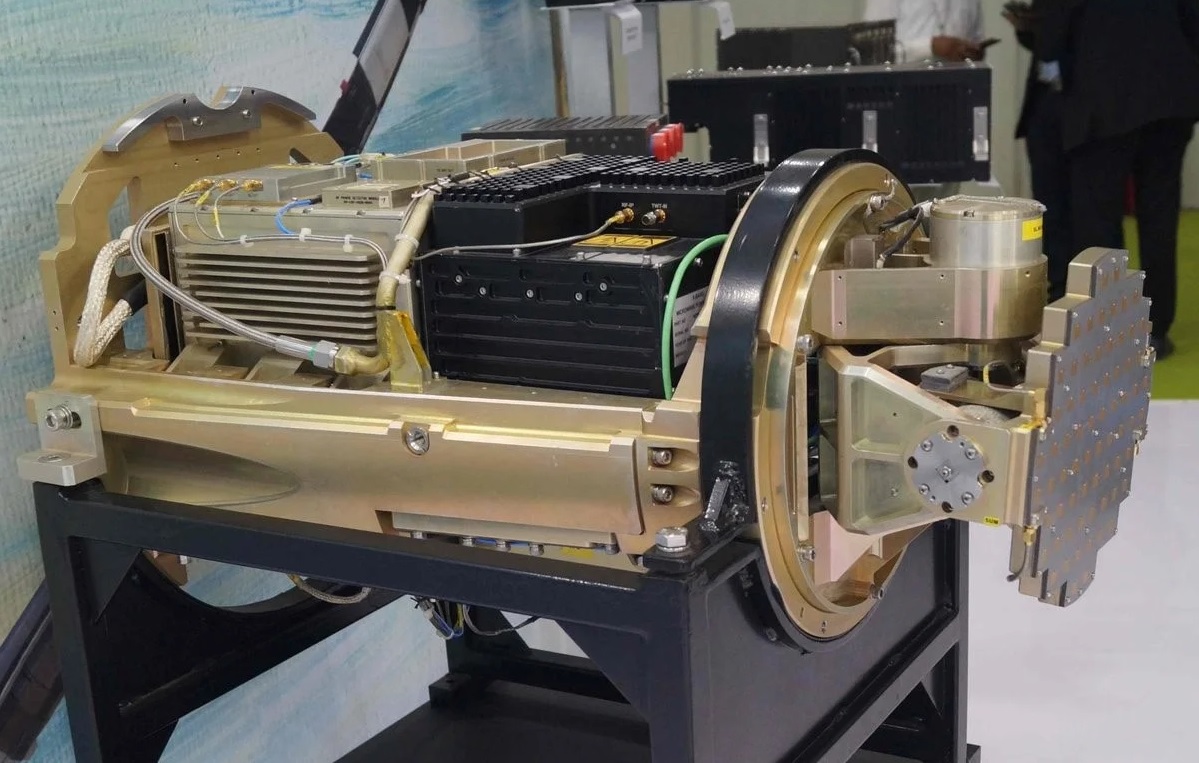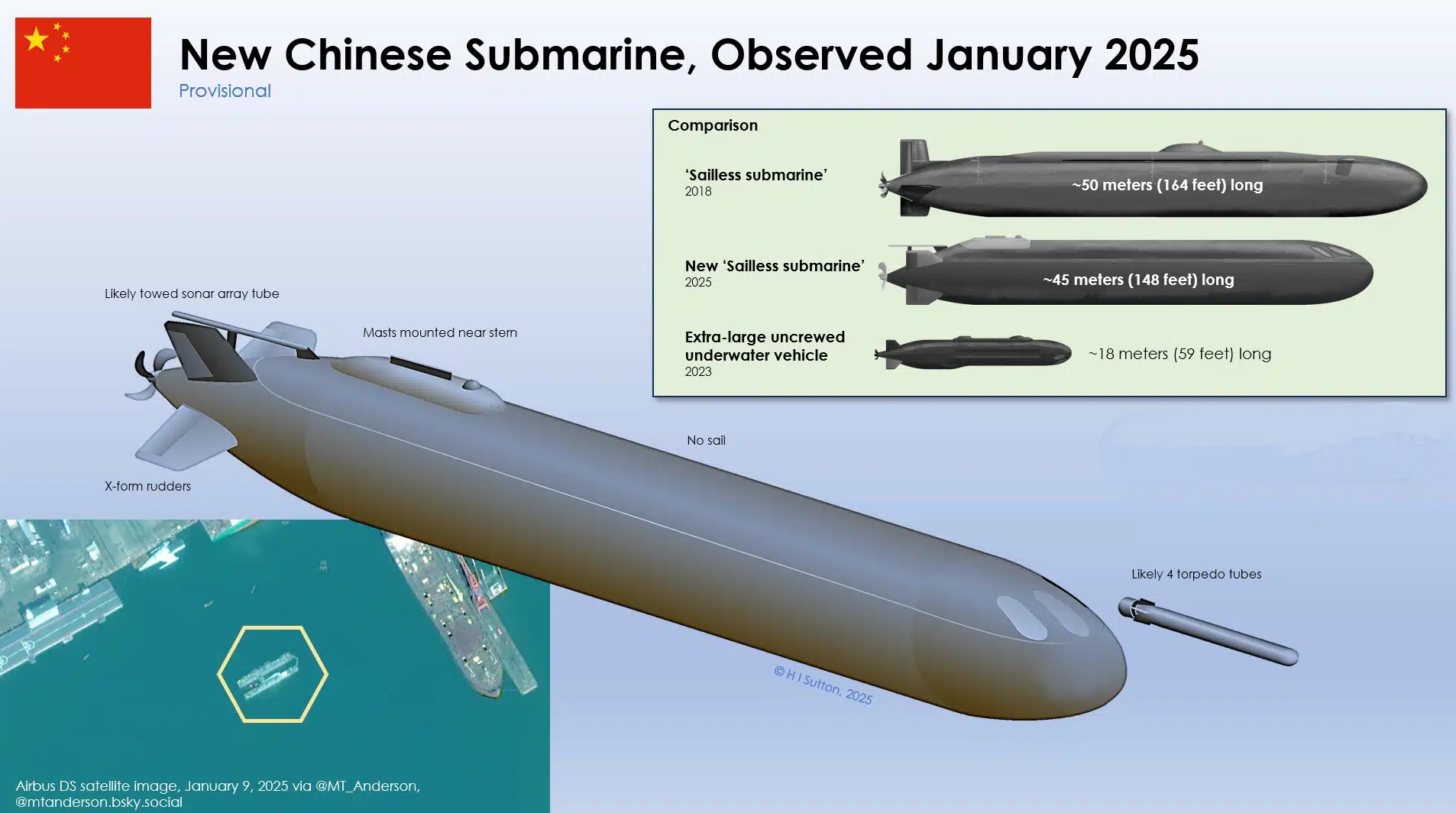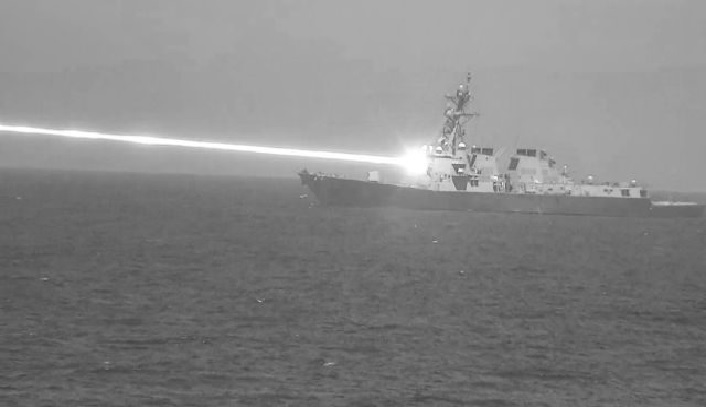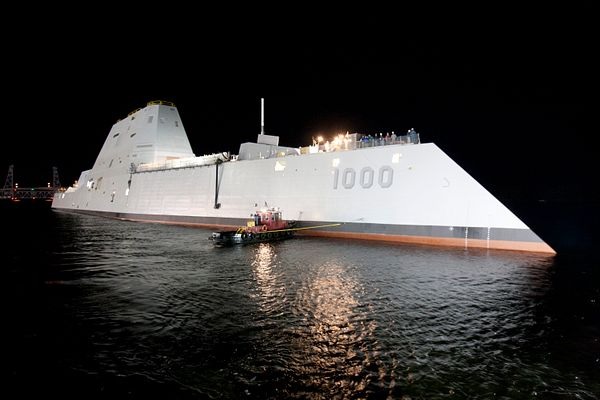ECIL-Developed RF Seeker Integrated into India’s Long-Range Anti-Ship Missile

In a landmark development for India's defence capabilities, the Defence Research and Development Organisation (DRDO) has successfully integrated an indigenously developed Radio Frequency (RF) seeker into the Long-Range Anti-Ship Missile (LRAShM). This achievement underscores India's growing prowess in developing advanced missile technologies and its commitment to self-reliance under the "Aatmanirbhar Bharat" initiative.
The RF seeker, designed and developed by the Electronics Corporation of India Ltd (ECIL), represents a cutting-edge solution tailored to the demands of modern naval warfare. Functioning in the X-band frequency, the seeker is equipped with advanced Radar Imaging Synthetic Aperture Radar (SAR) technology, which allows it to generate high-resolution images of targets. This capability is crucial for precision targeting, especially in adverse weather or during complex naval engagements.
Advanced Features of the RF Seeker
The RF seeker integrated into the LRAShM boasts several state-of-the-art features:
- X-band Radar Imaging SAR: This feature provides high-definition imaging, ensuring precise identification and engagement of targets even in challenging environments, such as fog, rain, or low visibility.
- Monopulse Homing Capability: The seeker uses monopulse tracking techniques to enhance accuracy, significantly reducing the effects of signal distortions and improving target lock-on reliability.
- Electronic Beam Steering: Unlike traditional systems that rely on mechanical movement, this seeker utilizes electronic scanning for faster and more accurate target acquisition, enhancing its agility in dynamic combat scenarios.
- 2-Axis Gimbal System: This robust mechanism ensures the seeker can maintain target lock during high-speed maneuvers, making it ideal for engaging highly agile naval targets.
Shared Technological Heritage with BrahMos
The RF seeker developed for the LRAShM shares technological lineage with the seeker used in the BrahMos supersonic cruise missile, which is also jointly developed by India and Russia. By leveraging existing expertise and technologies, India has been able to optimize development costs and timelines while maintaining high-quality standards.
Strategic Implications
The successful integration of this indigenous RF seeker into the LRAShM enhances India's long-range anti-ship capabilities, providing the nation with a critical edge in maritime warfare. The LRAShM, equipped with this seeker, is capable of delivering precision strikes against enemy warships and other naval assets at extended ranges.
Moreover, this milestone signifies a step forward in India's efforts to reduce dependency on foreign technology for critical defence systems. The RF seeker’s development and integration further demonstrate the growing maturity of India's defence manufacturing ecosystem, which has been steadily advancing in radar, guidance, and missile technologies.
Future Outlook
With this achievement, India moves closer to achieving complete self-reliance in developing sophisticated missile systems. The success of the ECIL-developed RF seeker not only strengthens the LRAShM program but also sets a benchmark for future indigenous innovations. As India continues to bolster its defence capabilities, such milestones reflect the country's ability to rise as a global leader in advanced defence technology.
This integration stands as a testament to India's determination to innovate and excel in the field of defence, securing its strategic and operational readiness for future challenges.



